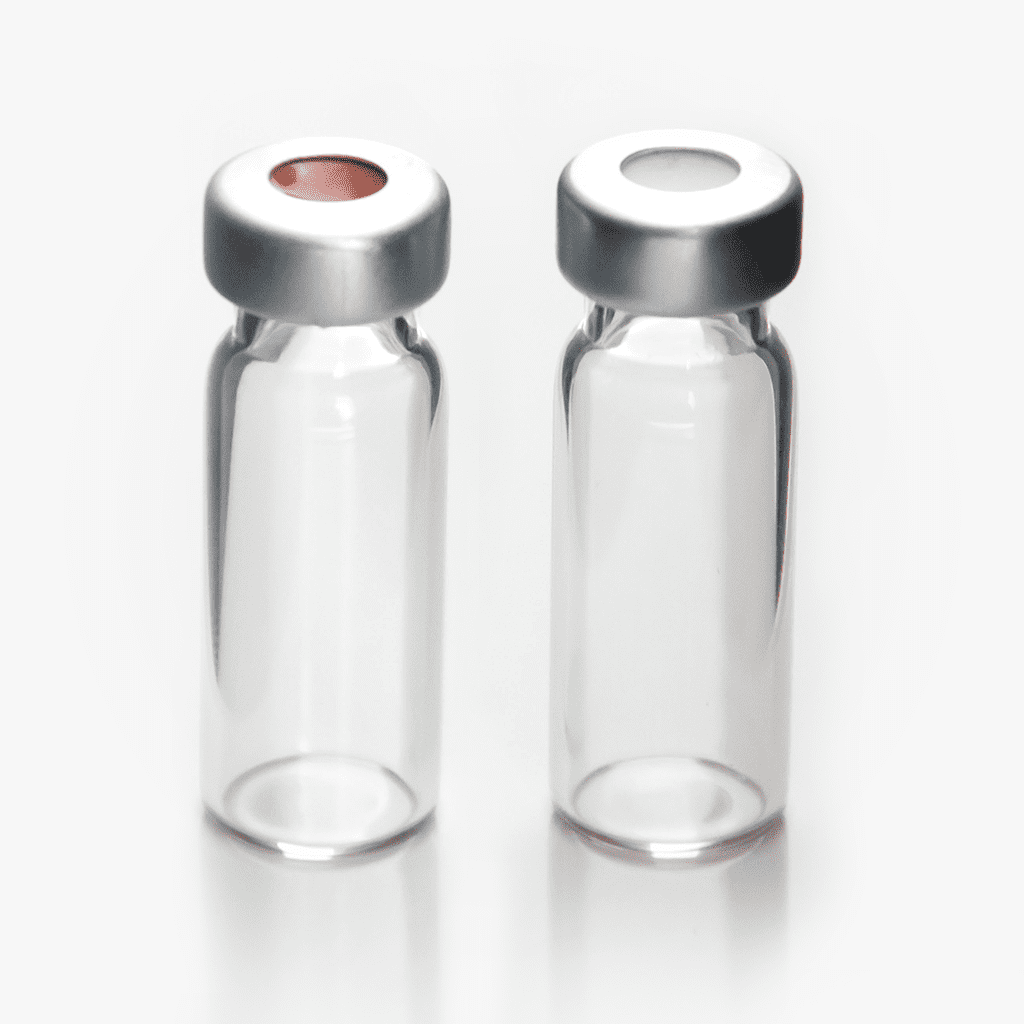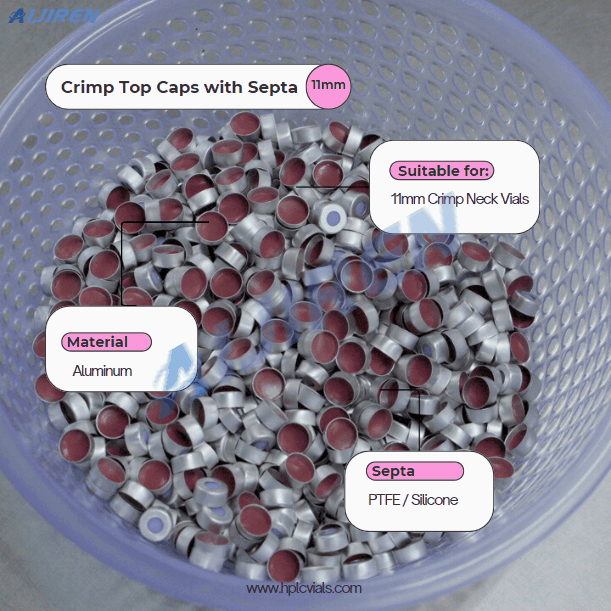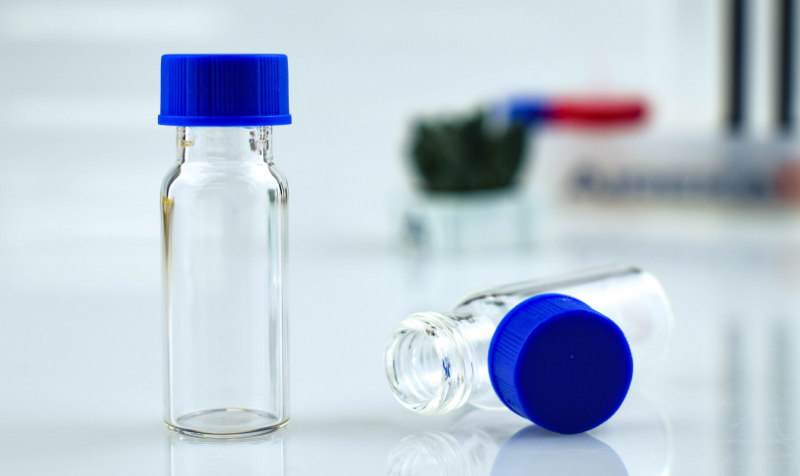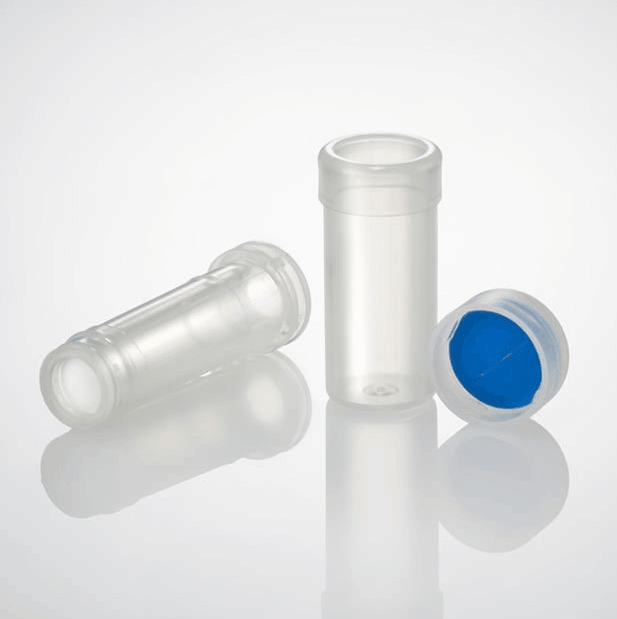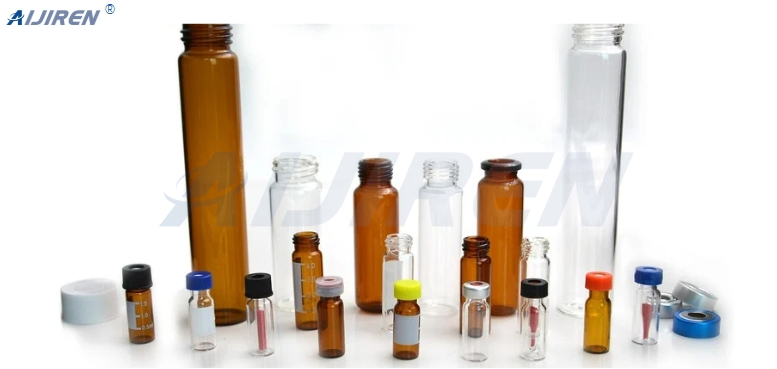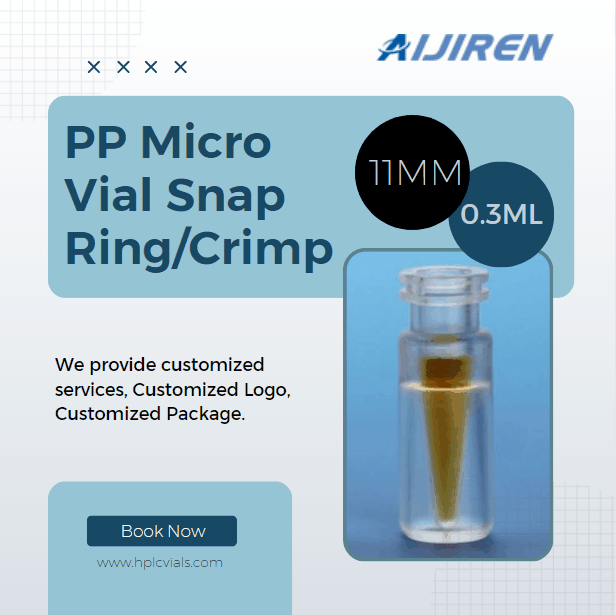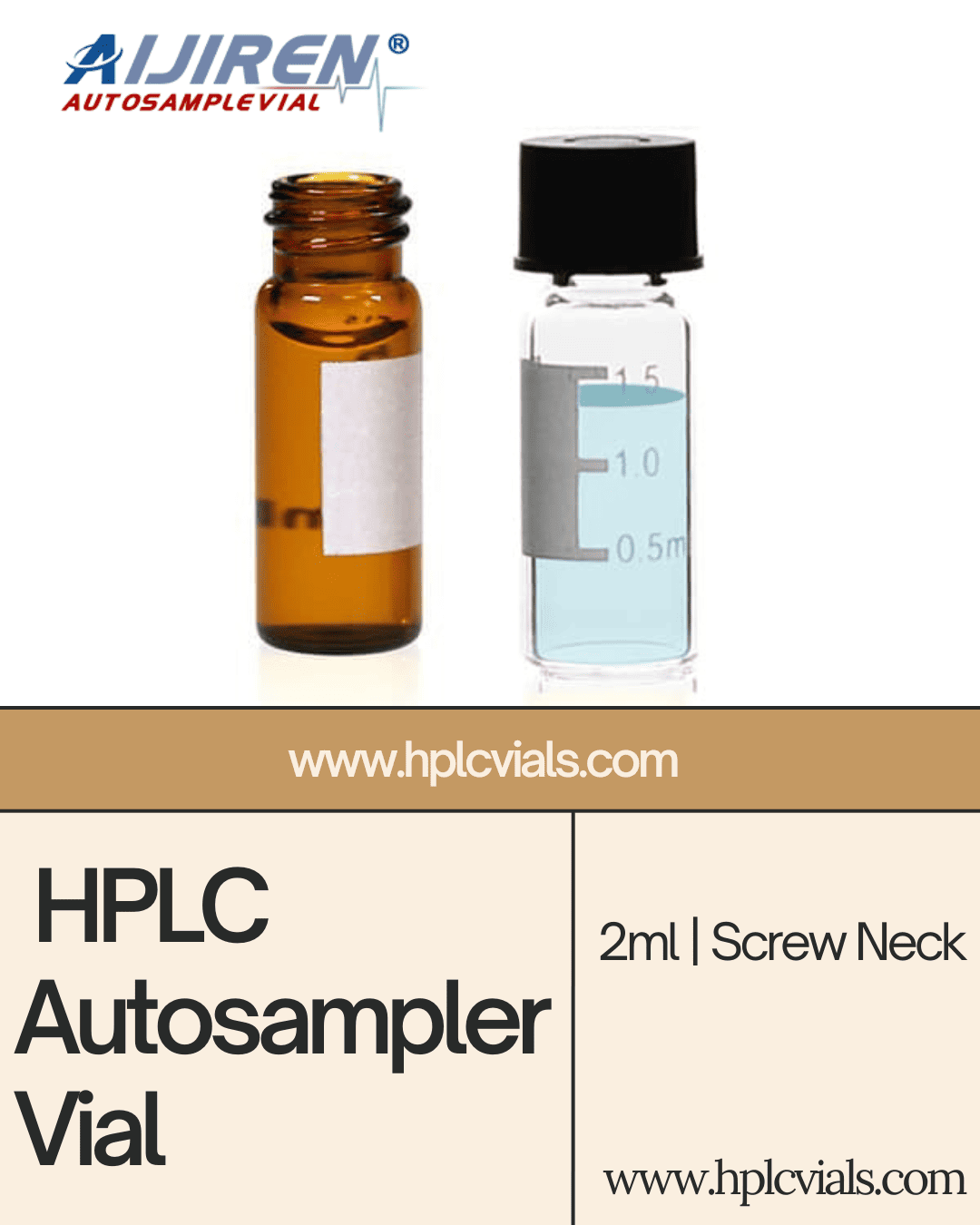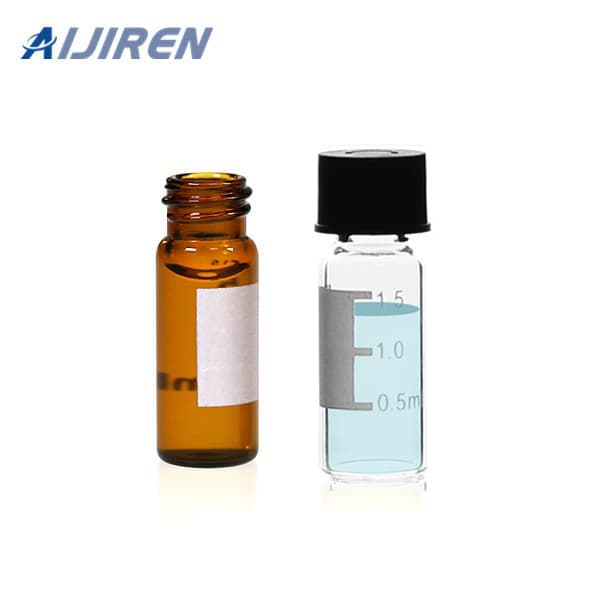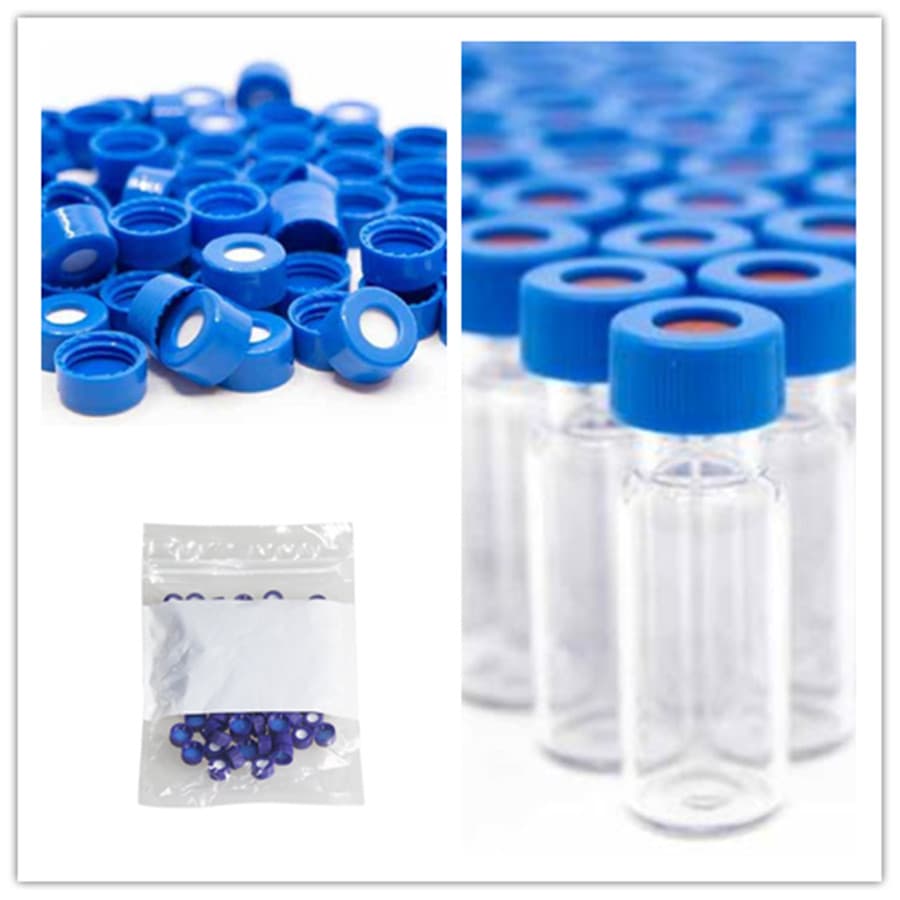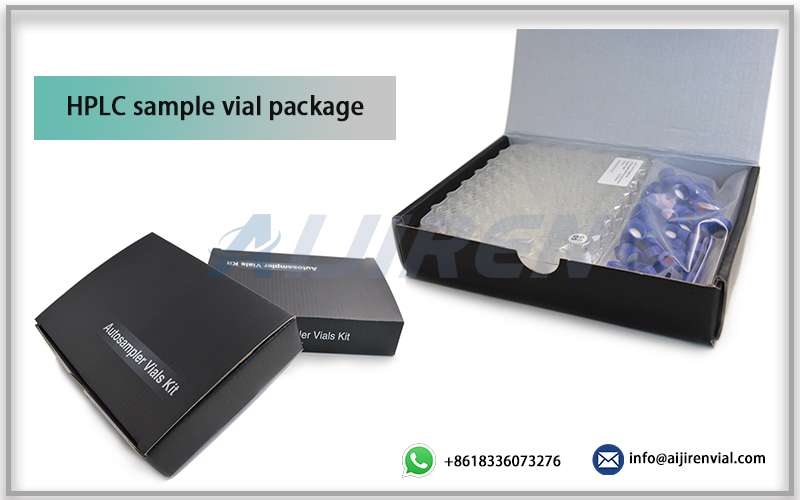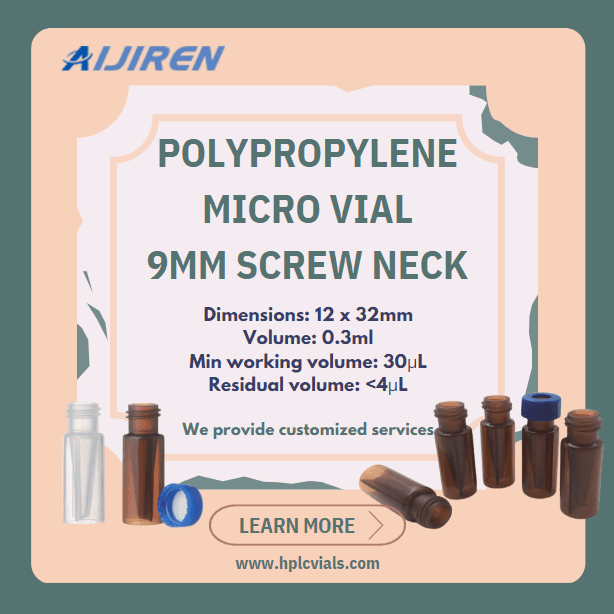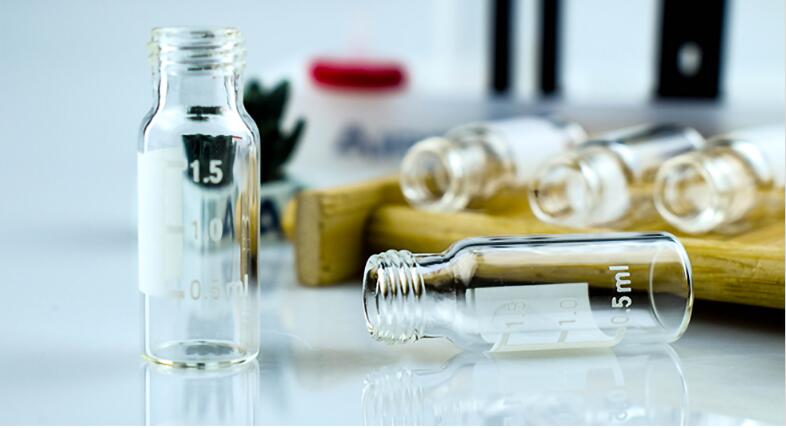GC vs. GC-MS: Which Technique is Right for Your Analysis?
GC (gas chromatography) and GC-MS (gas chromatography-mass spectrometry) are two analytical techniques commonly used to separate and identify volatile compounds.
Both techniques are powerful tools in analytical chemistry, but they each have unique strengths.
1. Basic Functionality
Gas Chromatography (GC): GC is primarily a separation technique that separates compounds based on their volatility and interaction with the stationary phase within the chromatographic column. It relies on the principle that different compounds pass through the column at different rates, thus separating over time. GC provides information about the retention time of each compound, which can be used for qualitative analysis.
Gas Chromatography-Mass Spectrometry (GC-MS): GC-MS combines the separation power of GC with the identification power of mass spectrometry. After the compounds are separated in the GC, they are ionized and fragmented in a mass spectrometer, which measures the mass-to-charge ratio of these ions. This additional step allows for both qualitative and quantitative analysis, providing detailed information about the molecular structure of the compound.
2. Information Provided
GC: The output of a GC analysis is typically a chromatogram showing the retention times and peak areas for different compounds. While it can indicate the presence of a compound, it does not provide structural information or molecular weight.
GC-MS: In contrast, GC-MS produces a three-dimensional data set that includes the retention time of the chromatogram and mass spectrum for each eluting compound. This allows for precise identification based on mass spectra matched to a known library, enabling identification and quantification of compounds.
3. Sensitivity
GC: While GC is effective at separating volatile compounds, it has limited sensitivity compared to mass spectrometry. It can be difficult to detect trace impurities without other detection methods.
GC-MS: Mass spectrometers have significantly improved sensitivity, allowing the detection of compounds at much lower concentrations (typically in the parts per billion range). This makes GC-MS particularly useful for applications that require high sensitivity, such as environmental monitoring or pharmaceutical analysis.
4. Applications
GC: It is often used for routine analysis where quantification is essential, such as food safety testing or environmental analysis of volatile organic compounds (VOCs). It excels in applications that require reliable repeatability and precision to quantify specific compounds.
GC-MS: Widely used in applications where compound identification is critical, such as forensic analysis, drug testing, and analysis of complex mixtures. It is also valuable in research settings where understanding molecular structure is required.
5. Sample Types
GC: Best suited for volatile and semi-volatile compounds that can evaporate without decomposing. Typical samples include solvents, spices, and certain food ingredients.
GC-MS: Capable of analyzing a wider range of sample types, including those that may not be analyzed by traditional GC alone. It can handle complex matrices, such as biological samples or environmental samples containing a variety of contaminants.


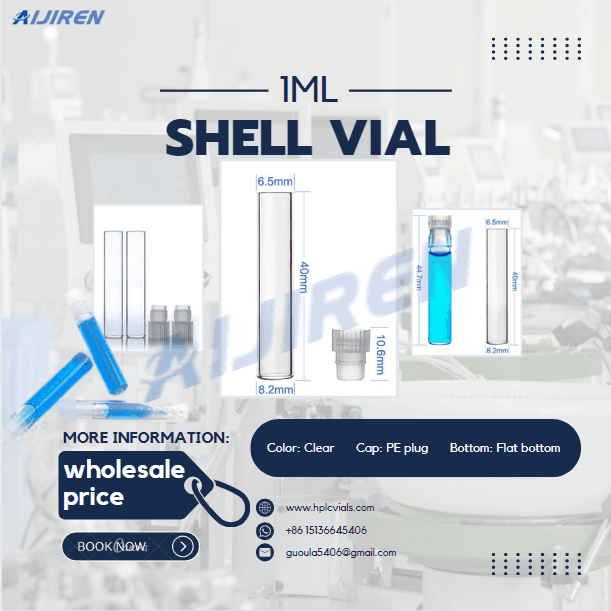
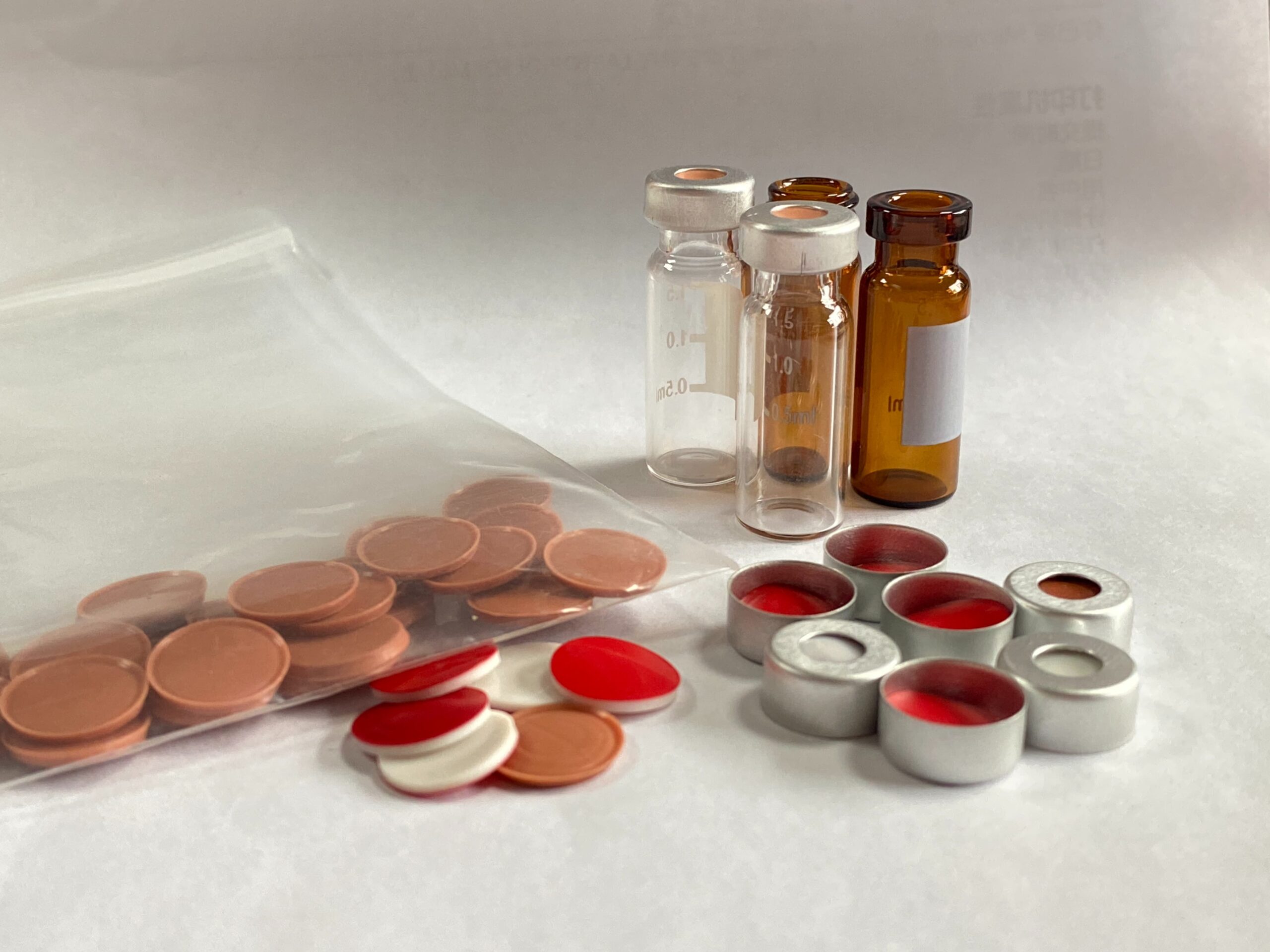






High-Quality-0.3ml-Crimp-Vial-for-Supply.png)


